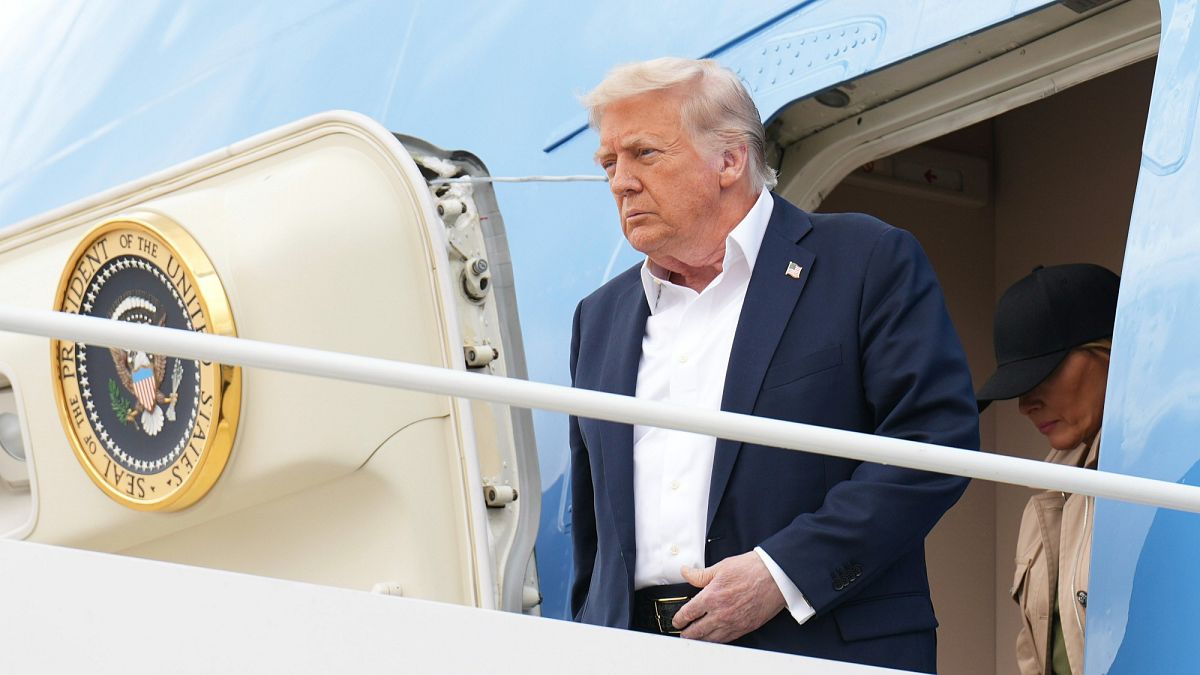

The trade landscape between the United States and the European Union has once again entered turbulent waters as the U.S. government announces a significant increase in tariffs on a range of EU goods. Starting August 1st, these tariffs are set to rise to a substantial 30%, sparking a vigilant yet poised response from the European bloc. Both sides are now evaluating their next steps, aiming to find common ground and sustain their economic relationship.
In a statement following the announcement, the European Commission underscored its willingness to engage in dialogue and negotiate an amicable resolution. “We remain ready to reach an agreement,” affirmed a spokesperson for the Commission. This expression of readiness is complemented by a commitment to safeguard EU interests, suggesting that if necessary, the EU is prepared to implement proportionate countermeasures to protect its economic standings.
European Commission President Ursula von der Leyen echoed this sentiment, emphasizing the EU’s preparedness to take “all necessary steps” to ensure the stability and balance of their economic interactions with the United States. While these announcements make it clear that the EU is open to collaboration, they also signal a firm stance on preserving the bloc’s trade interests.
Meanwhile, in anticipation of the impending tariff changes, the EU’s trade strategists are working diligently behind the scenes to reassess their approach. The surprise move by the U.S. has injected an air of uncertainty into the ongoing negotiations. The EU had previously adjusted its stance, moving from a position of firm negotiation to a more measured pursuit of a basic deal, mindful of broader geopolitical concerns such as security and defense.
This turn of events finds parallels in the international arena, where other nations, such as Canada, are observing the unfolding situation keenly. Canada, which was similarly positioned in trade negotiations, has decided to pause new tariff threats as these developments unfold, maintaining a cautious and calculated approach towards its trade discussions with the U.S.
Despite the complexities surrounding the economic dynamics between these allies, there remains a concerted effort on all sides to navigate these challenging waters with a spirit of cooperation and resiliency. Both the U.S. and the EU hold a long tradition of trade engagement, and it is in their mutual interest to resolve these tensions in a manner that fosters stability and ongoing collaboration.
This scenario stands as a reminder of the intricate dance of international trade, where decisions and policies echo across borders. As diplomatic dialogues continue, the global community watches closely, hoping the focus will remain on finding pathways that support economic growth and harmony, ensuring that the world market remains a vibrant and sustainable space for future generations.
Source: {link}
